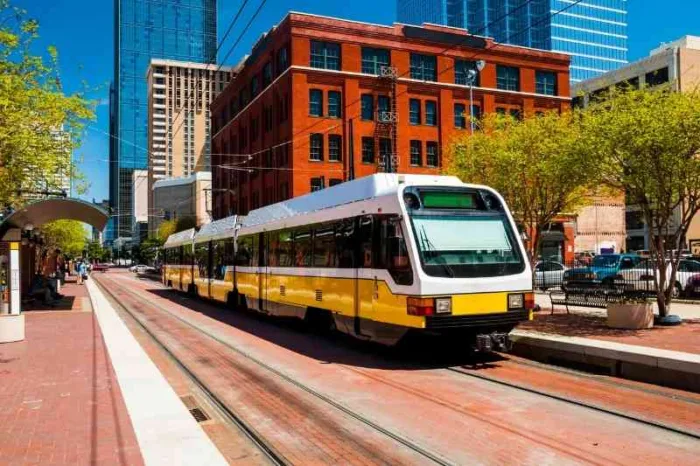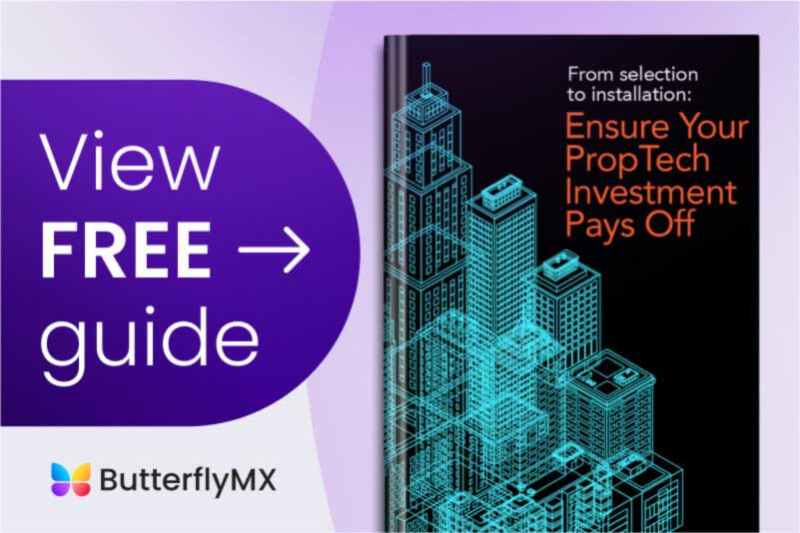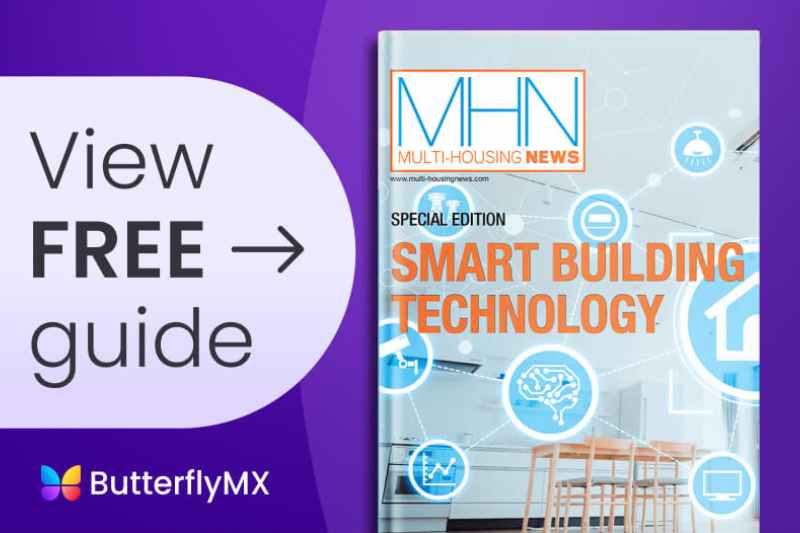Key takeaways
- Transit-oriented development is the future of urban planning.
- By giving your residents the opportunity to forgo their cars, you increase walkability and sustainability for scores of people. You also contribute value to your local neighborhood by hosting residents who are more likely to spend money in the local economy.
- The benefits of transit-oriented development don’t just increase your bottom line.
- By following these transit-oriented development guidelines, you’ll center residents in local communities. You’ll also contribute to the vitality and success of the city where your residents live.
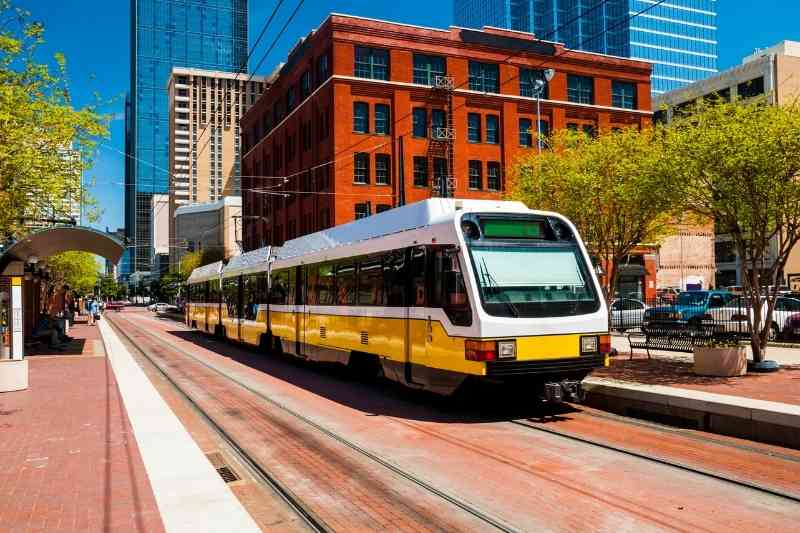
As a real estate developer, keeping an eye on trends in the worlds of architecture and urban planning is one of your most important jobs. Development is a complicated process. Everybody involved in property finance and construction has different perspectives on what it means to create value in the built environment. That said, transit-oriented development is one of the most important modern urban planning trends. So how can you use the benefits of transit-oriented development to your advantage?
In this post, we explain what transit-oriented development (TOD) is, and why you should develop properties with TOD in mind. We also explain why it’s gaining popularity now and offer tips on developing the perfect transit-oriented property.
This post covers:
- What is transit-oriented development?
- Why is transit-oriented development important in the urban planning process?
- What are the benefits of transit-oriented development?
- Tips to develop transit-oriented properties
What is transit-oriented development?
Transit-oriented development is a method of constructing or renovating properties that emphasizes easy access to public transportation.
Transit-oriented development is a relatively recent phenomenon. In the early days of cities, before cars and subways, city planners could count on an urban resident staying reasonably within the bounds of their neighborhood. However, the popularization of the car as a form of transportation changed the way urban residents live in and interact with the city around them.
As a result, city planners began to design cities to be more efficient for cars — at the expense of walkability, safety, and convenience for pedestrians. And the greenhouse gas emissions associated with heavy car usage began to have a negative effect on climate change.
To fix this, a new generation of urban planners began the transit-oriented development movement. These planners are encouraging real estate owners and developers to help return cities to their walkable roots. This involves prioritizing micromobility, walkability, and public transit access over infrastructure for cars.
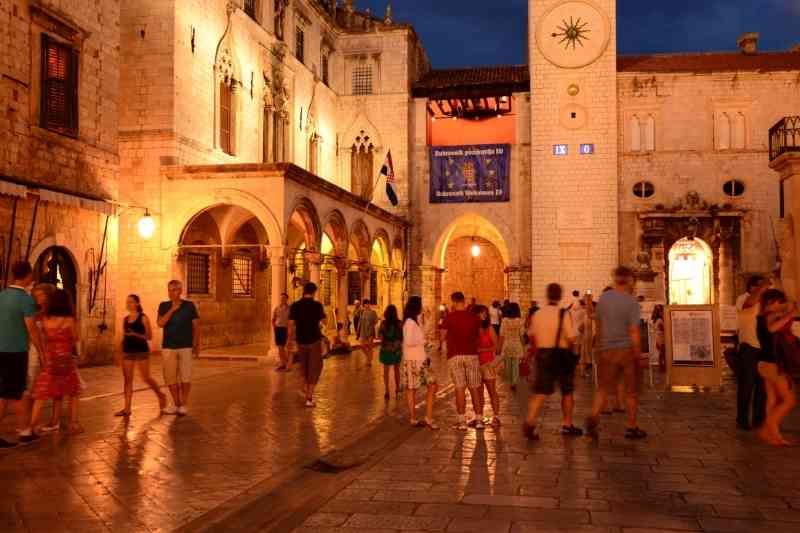
Why is transit-oriented development important in the urban planning process?
Transit-oriented development and urban planning make for greener, healthier built environments. But it’s also important for your bottom line. TOD reflects the values of younger generations of renters, like millennials and Gen Z. These generations are rejecting car culture in favor of mass transit and other, more environmentally friendly transportation solutions.
Younger generations are overwhelmingly in favor of public transport solutions, citing climate impact and the inconveniences of driving and car ownership as major concerns. Compared to baby boomers, Gen Zers and millennials are less likely to have driver’s licenses. And an aversion to cars grows with each generation. In fact, Gen Z is buying far fewer cars than even millennials.
Tomorrow’s residents will seek out sustainability and transit-friendliness in the properties they live and work in. And by embracing transit-oriented development, your property will stand out in their eyes.
Watch how ButterflyMX helps the resident experience:
Transit-oriented development examples
Transit-oriented development projects have revitalized neighborhoods around the country. For example, take the transformation of Washington D.C.’s NoMa neighborhood.
Before landowners and city managers began to collaborate using a transit-oriented development plan, the area was nothing but a collection of desolate warehouses. But now, NoMa is a thriving mixed-use neighborhood. At its center is a newly built subway station that gives residents easy, car-free access to the rest of the city.
Transit-oriented development doesn’t just happen on a block-by-block level. New Jersey, for example, promotes a wider vision of transit-oriented development. Multiple agencies are dedicated to increasing the reach of public transit throughout the entire state. The Transit Village initiative has established close relationships and governmental support for developers that follow TOD principles in areas close to public transit, like train stations or bus stops.
What are the benefits of transit-oriented development?
The benefits of transit-oriented development architecture include:
More sustainability
By encouraging residents to take public transportation instead of using their own cars, you do your part to help the environment. One car puts almost five tons of CO2 into the air per year — a number you can eliminate with the help of transit-oriented development. And that’s a number that compounds depending on the number of residents your property holds.
Increased walkability
Walkability is a metric that measures how easily a resident can travel from place to place within a given area without having to use a car. It offers a host of benefits for residents, developers, and the surrounding community.
The more walkable an area is, the healthier residents are. In fact, a resident who lives in a walkable neighborhood weighs, on average, 6 to 10 pounds less than one who doesn’t. Walkability also encourages a resident to spend more time in their immediate local area. This is healthier in terms of the character and community of a neighborhood while having positive effects on the local economy.
Healthier economy
Making transit easier to access means that residents can get rid of their cars. That’s money that a resident doesn’t have to spend on a car, car insurance, gas, maintenance, and other car-related expenses. Instead, residents can support local shops and businesses. Additionally, residents can more easily travel to and access those local businesses.
Reducing the number of cars in your area has other benefits, too. Traffic congestion is responsible for billions of dollars’ worth in lost time and productivity every year. Support your residents’ car-free lifestyles with TOD. You’ll also spur economic growth while promoting resident and community satisfaction.
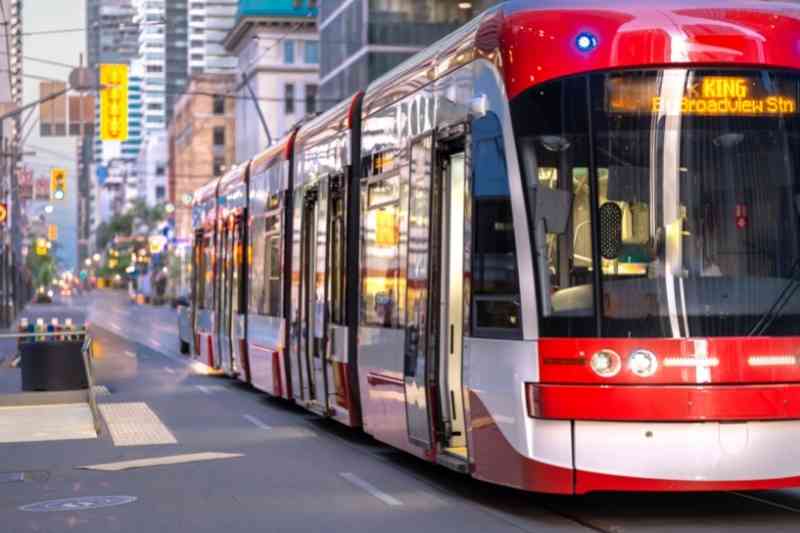
Tips to develop transit-oriented properties
Here are a few ways you can make your property more transit-friendly.
Develop your property to be transit-oriented by:
- Zoning your property for mixed-use
- Emphasizing sustainability
- Considering other uses for the space where a parking garage would be
Zoning your property for mixed-use
Mixed-use properties host both commercial and residential tenants. Leasing your property out to local commercial vendors. This way, the building’s residents can access a service that they need without having to travel.
Mixed-use buildings will also increase the urban density of your property’s neighborhood. Along with heightened walkability, density will work wonders for a neighborhood’s vibrancy and sense of community. All of these factors mean good things for your property’s value.
Emphasizing sustainability
Transit-oriented development isn’t going to be the best fit for every area. But you’ll always be able to follow the principles guiding transit-oriented development: sustainability and a commitment to reducing real estate’s impact on climate change.
Cut down on emissions in other ways, like reducing your condo or apartment building’s dependence on your local energy grid by installing solar panels. This method of emission reduction has another benefit. You’ll save money on utilities by selling the energy you create back to the grid, and you might even turn a profit.
Considering other uses for a space where a parking garage would be
If you’re developing a property in a suburban area, you might be pigeonholed into using some part of your property as a parking garage. But for more urban property developers, considering other uses for parking garage space will result in a more vibrant property with its own identity — attracting tenants and driving up your property’s value.
Whether you’re interested in developing a green space or an art installation, the possibilities are endless when you no longer have to worry about utilitarian parking garages.
